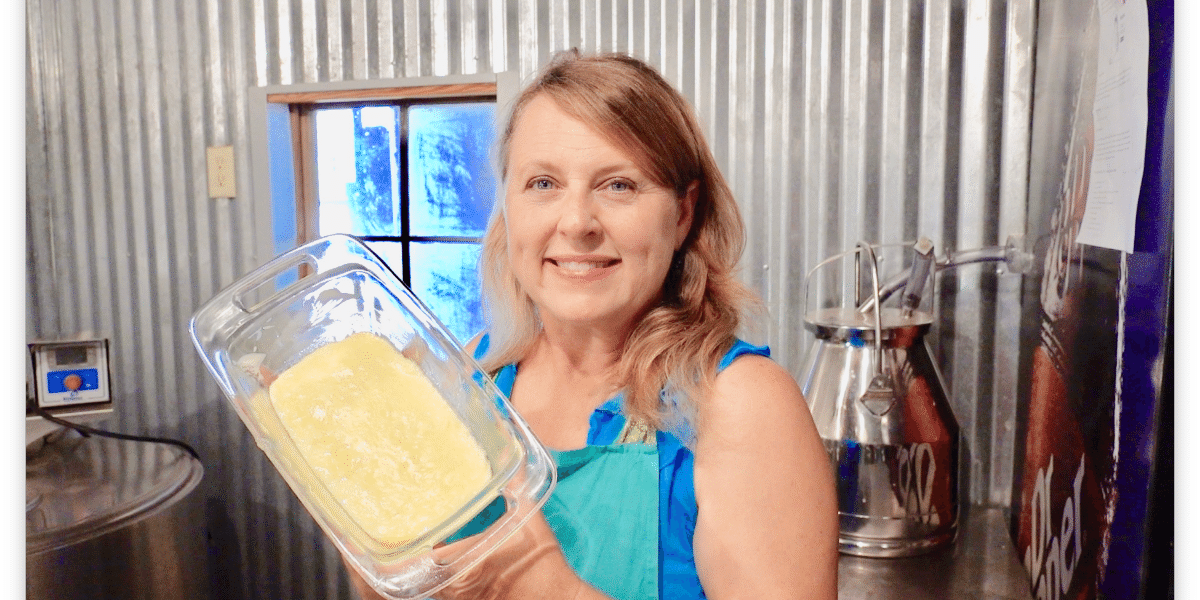The Best of Melbourne Made Cheese: Floridia Cheese Melbourne's Distinct Offerings
The Best of Melbourne Made Cheese: Floridia Cheese Melbourne's Distinct Offerings
Blog Article
Unlocking the Secrets of Artisanal Cheese Making: A Step-by-Step Do It Yourself Guide
In the realm of cooking workmanship, artisanal cheese making stands as a testament to the fragile balance between practice and innovation. Each action in the procedure, from selecting the ideal milk to developing aging techniques, holds within it a wide range of understanding gave through generations. As we start this trip to debunk the art of developing splendid cheeses, we are confronted with a tapestry of tricks and skills waiting to be unwinded. Join us as we discover the complexities of this ancient craft, where scientific research, perseverance, and art merge to generate tastes that entice the detects.
Selecting the Right Milk
When starting the journey of artisanal cheese making, the option of milk plays a vital duty in establishing the quality and features of the end product. The sort of milk selected affects the taste, appearance, and on the whole account of the cheese. Raw milk, straight from the animal, is favored by several artisanal cheesemakers due to its distinct blend of enzymes, microorganisms, and taste substances. Using raw milk comes with threats and guidelines, making pasteurized milk a safer choice for novices.
When selecting milk for cheese making, it is necessary to think about the fat content. Greater fat content in milk can result in a creamier and richer cheese, while reduced fat material might cause a drier and firmer structure. In addition, the source of the milk, whether from cows, goats, lamb, or buffalo, adds distinct tastes and qualities to celebrity (Floridia Cheese Thomastown). Each type of milk brings its own subtleties, enabling a vast array of cheese selections to be crafted based upon the picked milk. Inevitably, the option of milk is an essential decision that sets the foundation for a successful artisanal cheese-making endeavor.
Culturing and Coagulating
To start the cheese-making process, the important steps of culturing and coagulating need to be very carefully implemented to change milk right into curds and whey. The type of culture utilized can considerably affect the flavor, appearance, and ripening of the last cheese product.

The timing and temperature control throughout culturing and coagulation are vital elements that affect the last outcome of the cheese. Appropriate execution of these actions is important to make certain the preferred texture, taste, and uniformity of the artisanal cheese being produced.
Draining Pipes and Pressing Curds
After the milk proteins have coagulated and the curds have actually been cut to launch whey, the following important action in artisanal cheese making involves draining pipes and pushing the curds to attain the desired structure and consistency of the last cheese item. The time for draining pipes can vary depending on the type of cheese being made and the preferred dampness content.
Pressing aids get rid of any kind of continuing to be whey and compacts the curds to form a strong cheese wheel. Proper pushing and draining pipes are important actions that significantly influence the top quality and features of the artisanal cheese being generated.
Aging and Flavor Strategies
Applying careful aging and flavoring techniques is pivotal in enhancing the deepness and intricacy of artisanal cheeses, raising their preference accounts to charming degrees of refinement find this and elegance. Aging plays an important role in developing the unique tastes and structures that distinguish artisanal cheeses. Throughout the aging procedure, cheeses are kept in very carefully controlled environments where factors such as humidity, temperature level, and air flow are adjusted to motivate the growth of valuable mold and mildews and bacteria. This regulated atmosphere allows celebrity to develop slowly, creating complex fragrances and rich tastes.
Seasoning techniques likewise contribute dramatically to the last taste of artisanal cheeses. Cheesemakers might pick to present added flavors by incorporating components such as herbs, spices, and even fruits right into celebrity during the manufacturing process. In addition, some cheeses are cleaned or rubbed with various liquids, such as brine or alcohol, to improve their appearances and flavors.
Wrapping and Saving Cheeses

Conclusion
In conclusion, understanding the art of artisanal cheese making involves thoroughly choosing the best milk, adhering to exact culturing and coagulating procedures, draining and pushing curds effectively, and using different aging and flavoring methods. Bear in mind to cover and keep your cheeses correctly to ensure optimal taste and texture growth.
Each kind of milk brings its own nuances, permitting for a broad range of cheese selections to be crafted based on the chosen milk.After the milk healthy proteins have actually coagulated and the curds have been cut to release whey, the following crucial action in artisanal cheese making entails draining pipes and pushing the curds to attain the preferred texture and uniformity of the last cheese product. The majority of cheeses should be wrapped in wax paper or cheese paper to allow them to breathe while protecting them from drying out. For cheeses that require to proceed aging, such as bloomy rinds or washed peels, guarantee they are kept in a trendy environment like a cheese cavern or a moved here fridge set to the appropriate temperature. By paying focus to the wrapping and storage space of artisanal cheeses, cheese makers and enthusiasts can maintain the stability of these delicacies and totally appreciate their complex flavors.
Report this page